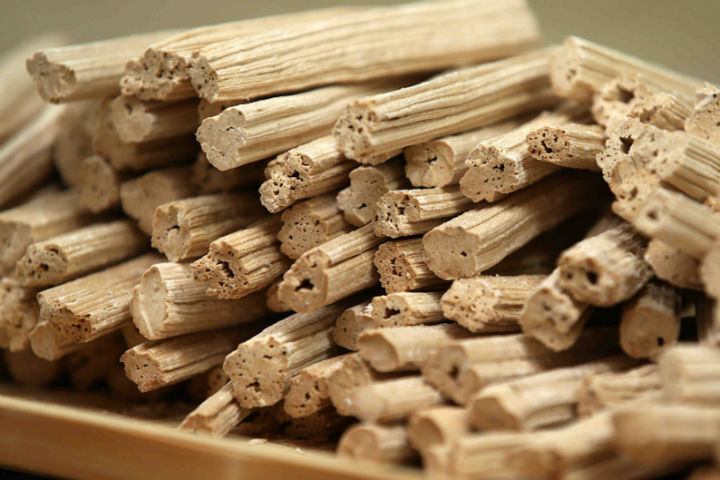
Yeot: The Sweet Taffy With a Nasty Aftertaste
When South Korea’s national football team came home after giving a lamentable performance at the 2014 World Cup in Brazil, an anonymous fan threw a handful of candies at the players as they lined up for a press conference at the airport.
“Eat taffy!” he shouted twice at the disheartened team, adding that his gesture represented the people’s feelings. The unexpected episode made some of the players even more despondent, if not bitter, for having disappointed the country that had rooted for them.
South Korean national football team wasn’t so welcomed upon their return from the 2014 World Cup.
While Koreans clearly understood the insult contained in the action, non-Korean speakers wondered what it meant. In some cultures, people throw tomatoes or raw eggs to express hostility, but throwing sweets or confetti often means the opposite.
Taffy, or yeot in Korean, is commonly used as a vulgar word in modern day South Korea. The National Institute of Korean Language defines “feeding yeot” as causing someone trouble through deception. Correspondingly, to “eat yeot” is to be fooled. “He ate yeot,” means “he was tricked.” Most South Koreans equate “eat yeot” with the English expression “fuck you”; both equate to a raised middle finger in their respective languages.
While the etymology of this profanity is obscure, various explanations associated with it reflect interesting aspects of Korean society.
In the later years of the Joseon period (1392-1897), troupes of male entertainers that traveled around the country for both performance and prostitution used the word yeot to refer to female genitalia. And “eat yeot” meant “eat pussy,” or “fuck a woman.” Young, pretty men in such troupes were often associated with homosexuality — as seen in South Korean film “King and the Clown” that features a romantic relationship between the king and a male clown — and an expression urging sex with a woman may have functioned as an insult in their circles.
Whether this crude term was used outside the male clown community is unclear. But, in 1954, daily newspaper Kyunghyang Shinmun published an article explaining how “eat yeot” had entered the general lexicon in South Korea. Like the National Institute of Korean Language’s definition, the article defined it as a term used to indicate that the speaker found someone else’s words preposterous, rather than as a curse.
Searching further back into the Joseon period for the origin of the word, the article explained that the new buyer of a property would call local villagers and hand out yeot to announce his purchase. As most commoners were illiterate at the time, this was a way to attest to the acquisition, rather than using documents. For instance, if someone questioned a purchase after some time had passed, another villager might retort, “bullshit, I had yeot [after the purchase],” thus verifying the claim. In this way, the expression came to mean “unjust” or “outrageous.”
A more commonly known anecdote stuck to the confectionery-turned-curse dates back to 1964 and a middle school entrance exam in Seoul. One multiple-choice question in the science test asked for an ingredient to make yeot. The correct answer was “diastase,” but controversy was sparked when some parents figured that radish juice (another listed answer) also contained diastase. The ensuing strife involved lawsuits and National Forensic Science, the government agency that conducts scientific investigation of crimes, but failed to budge the stance of the education authorities. In response, some angry mothers made yeot from radish juice as a protest directed at the education committee. “Eat yeot made from radish juice!” they shouted.
While some people assume the phallic shape of yeot must have fostered its association with profanity — in line with the universal link between genitalia and profanity — the traditional Korean confectionery comes in different shapes and colors, many of which don’t resemble a phallus.
Even if these stories dating back from the Joseon dynasty don’t explain the true origins of the epithet, one official statement by a North Korean committee indicates that the cloying sweet is at least no longer an insult confined to the South.
“We didn’t treat South Korean authorities with an ‘eat yeot’ attitude, as they claimed” the statement grumbled.
Cover image: Sweet as they taste, yeot, traditional Korean candy is used as a curse word. (Source: Flickr)


